After having worked with both grizzlies and pandas, I think it would be a neat idea to compare the two (Thank you Frances Aronson for the idea). For 2 bear species, they’re about as different as bears can be. The giant panda’s evolution diverged from the rest of the bears nearly 25 million years ago. The 7 other bear species began to diverge from each other, only about 12 million years ago.
Pandas are built very similarly to all other bear species but have an entirely herbivorous diet; despite their carnivorous ancestry. Their bamboo-centric diet led to what is called a pseudo-thumb. They have an enlarged wrist bone (sesamoid) relative to all other bears. This creates a 6th digit that allows them to better grip and manipulate bamboo.
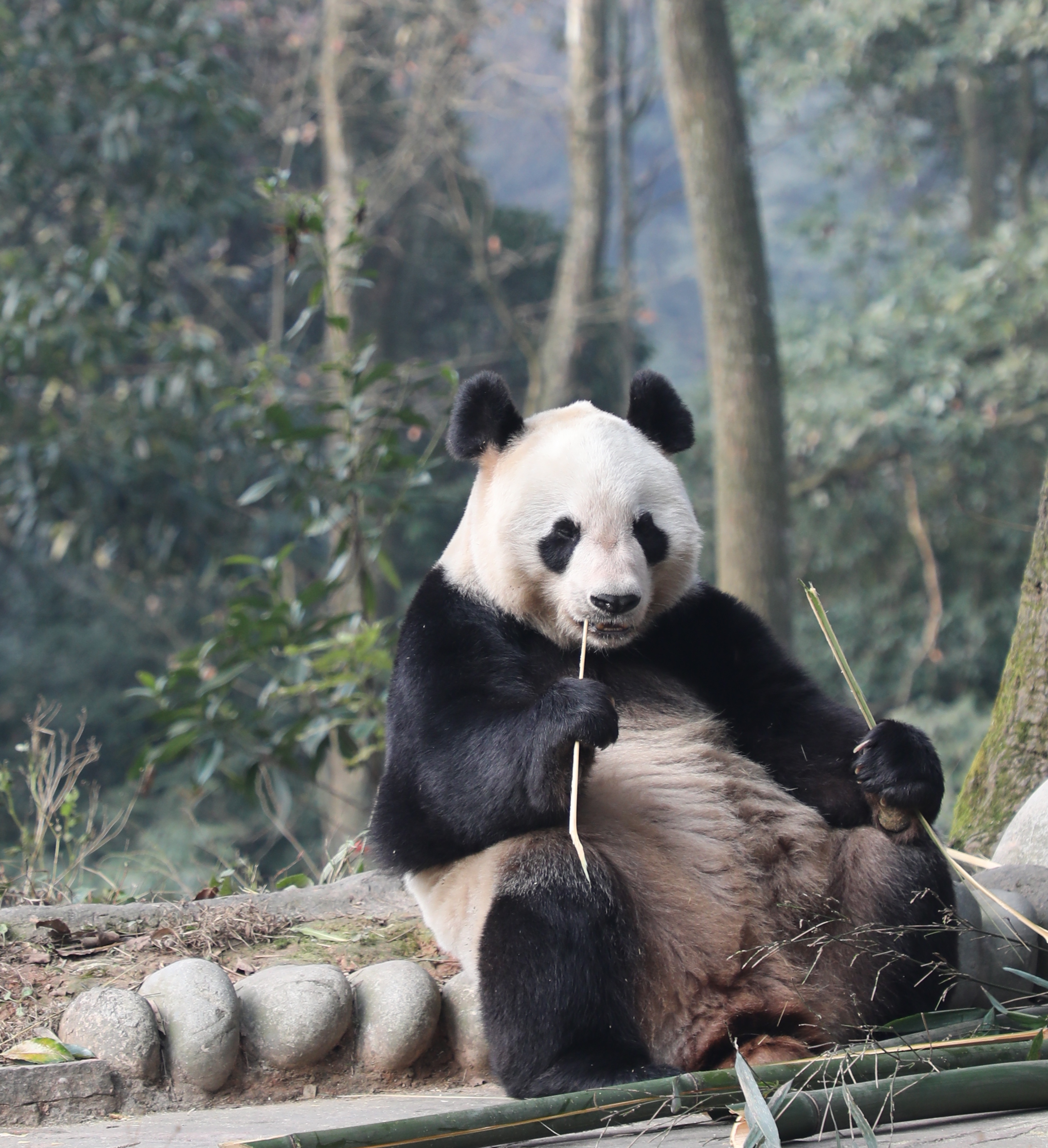
The panda ‘thumb’ in action!
Another key difference is their body size. The biggest pandas are no more than 300 pounds; while male grizzlies can grow to be over 3 times that size!
While giant pandas may look friendly and cuddly, they can be more dangerous than they look. In a recent study involving 151 carnivores, the panda earned 5th place. With a bite force of almost 1300 Newtons, only lions (1315 N), grizzlies (1410 N), tigers (1472 N), and polar bears (1647 N) beat the panda.
An interesting thing I have noticed while in China, is the difference in cultural attitudes towards bears. From what I have seen, most people here absolutely love the pandas. The government is making large steps towards preserving the species and their habitat. They have made mistakes in the past but are working in the right direction now.
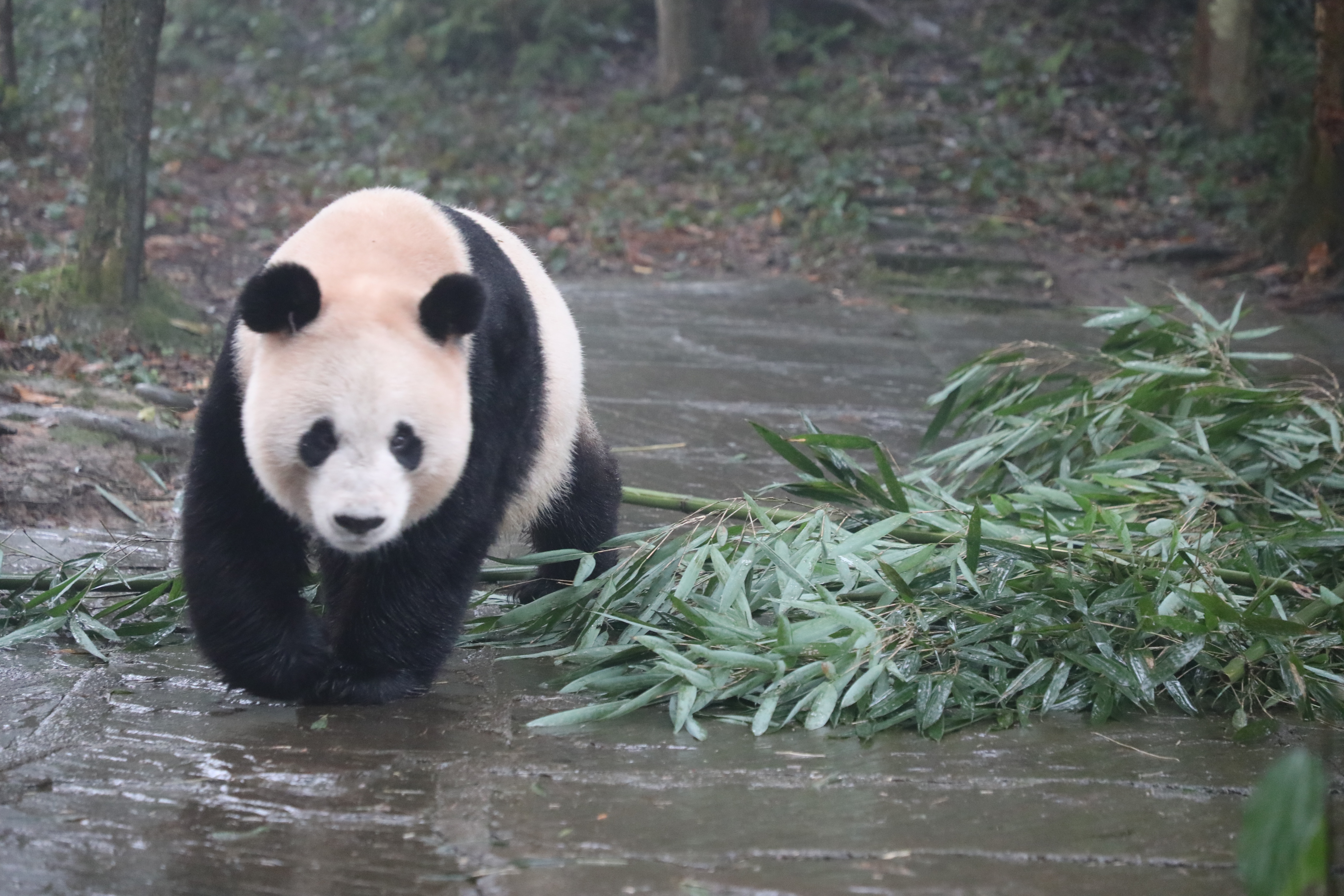
Wen Yu strolling around her enclosure.
In the United States however, I have seen far too many people who still believe the grizzlies don’t belong. Modern conservation efforts have become incredibly controversial, and the majority of the effort is spent working towards public approval. The US has made plenty of mistakes in the past as well; at one time, having almost completely eradicated the grizzly bear from the west. Though our conservation practices have improved tremendously, public attitudes are making it nearly impossible to improve any further. There are, of course, political and social differences between these two countries, but the idea remains the same. The US has done everything it can without the general support of the public, while China is limited only by their rapidly improving conservation practices. It is very rewarding to see visitors’ excitement when they see these pandas up close. I wish that more Americans showed the same passion about grizzlies: one of the few remaining symbols of the American west.
______________________________________________________________
 John Nettles is studying giant pandas from December to February at Bifengxia working on the stereotypical and maternal care studies.
John Nettles is studying giant pandas from December to February at Bifengxia working on the stereotypical and maternal care studies.

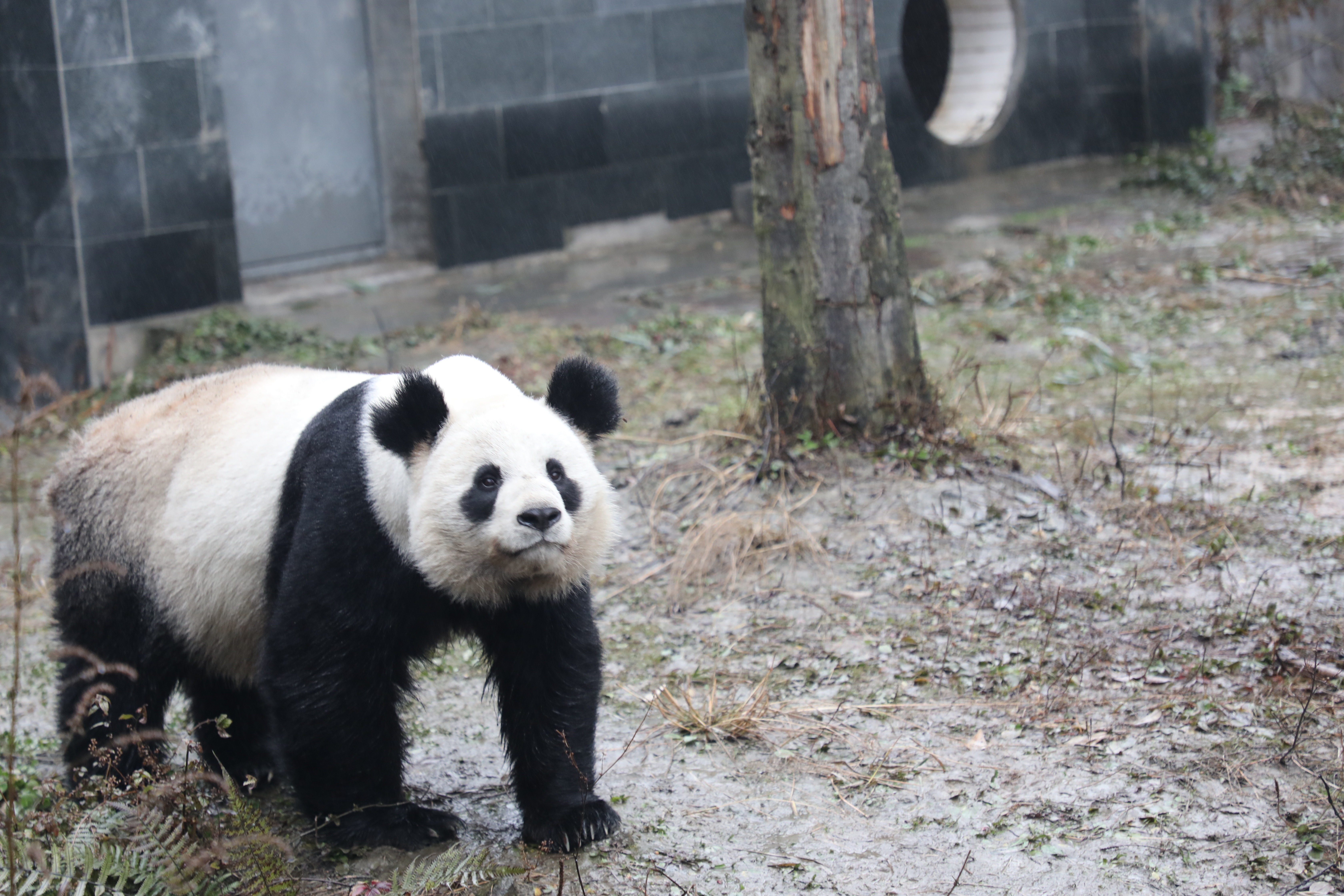
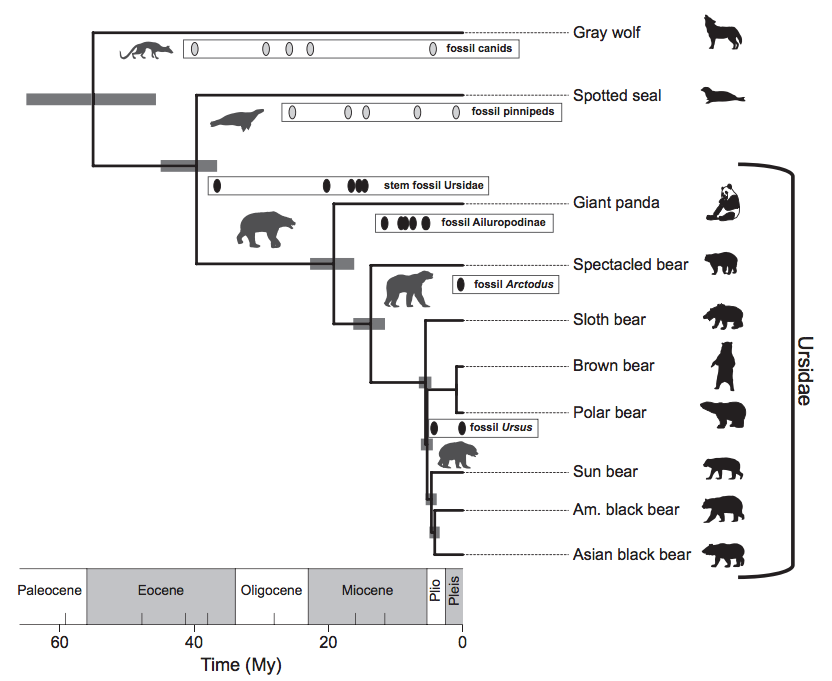
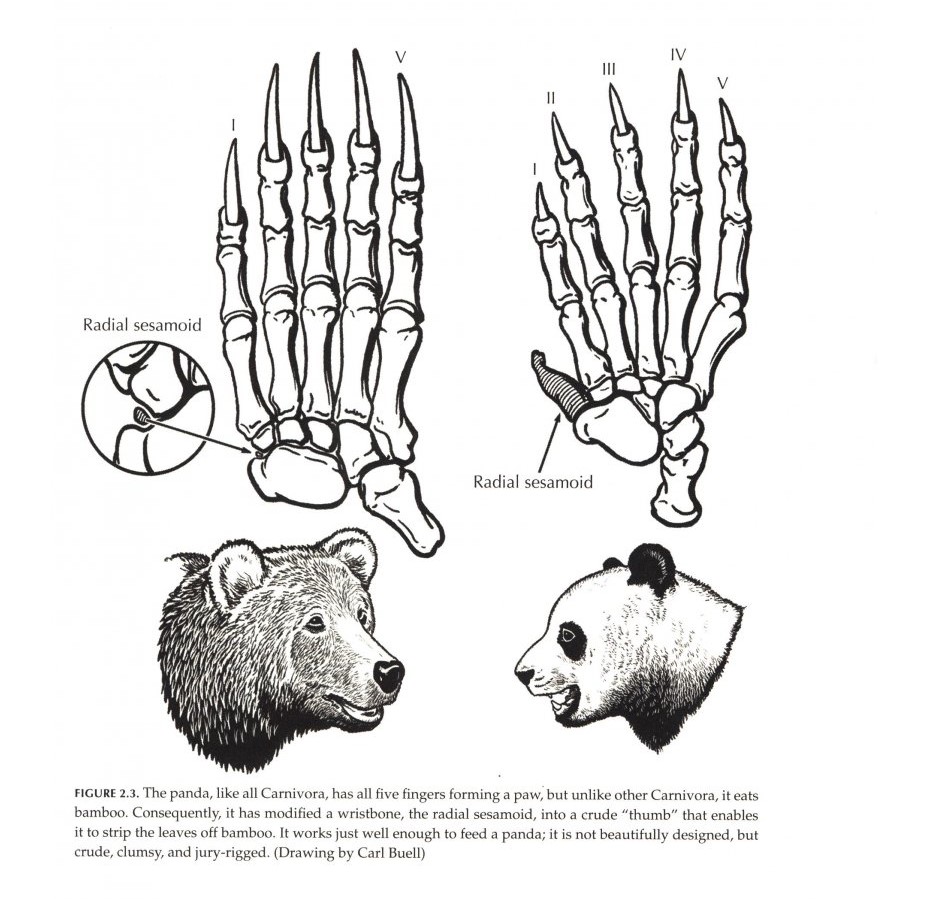
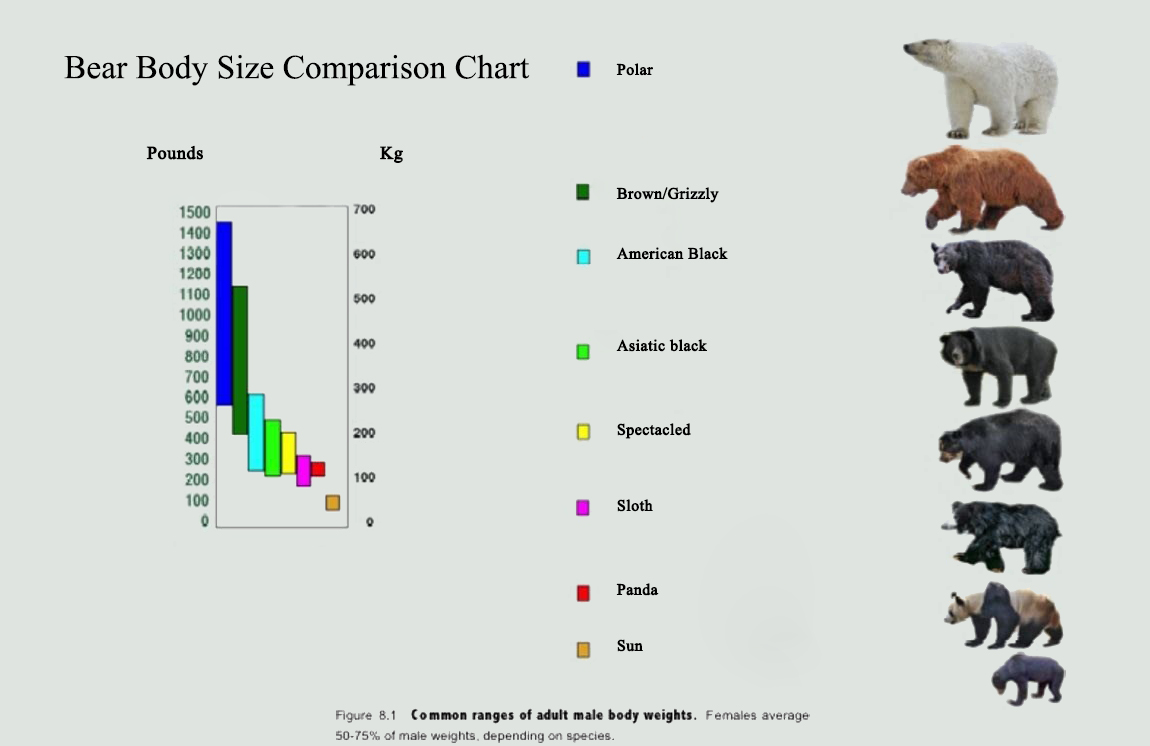
I have you see panda bear call shen we I stay white bear at befngix he like to sunk his thumb when sleep
This was very interesting and very understandable (for a non-scientist). It was well –stated and the illustrations were spot-on! Thank you for helping me understand a little more about my beloved animal!
Sincerely, JoAnn Mann
Great report–happy to be of inspiration!
Excellent essay! Thank you